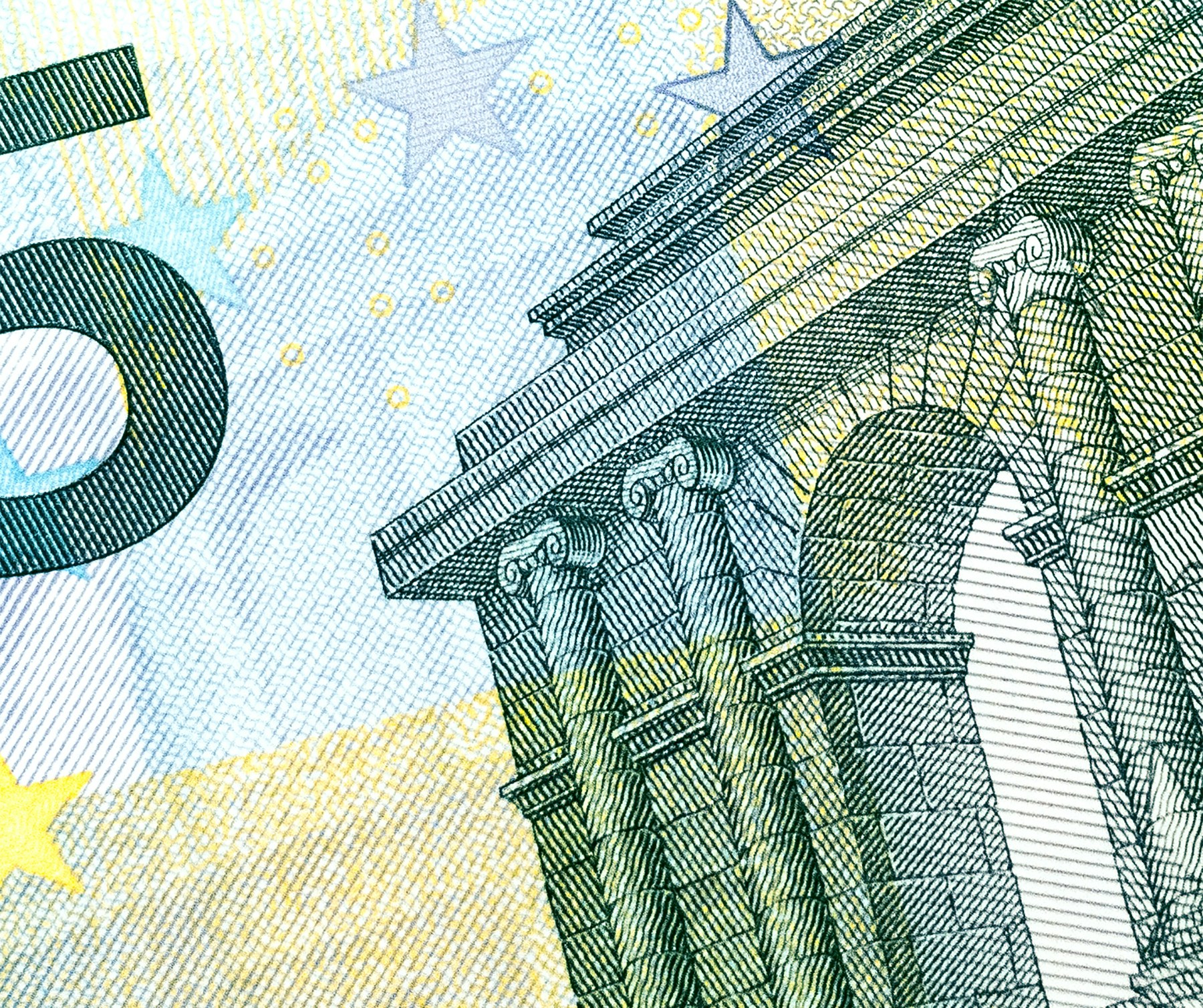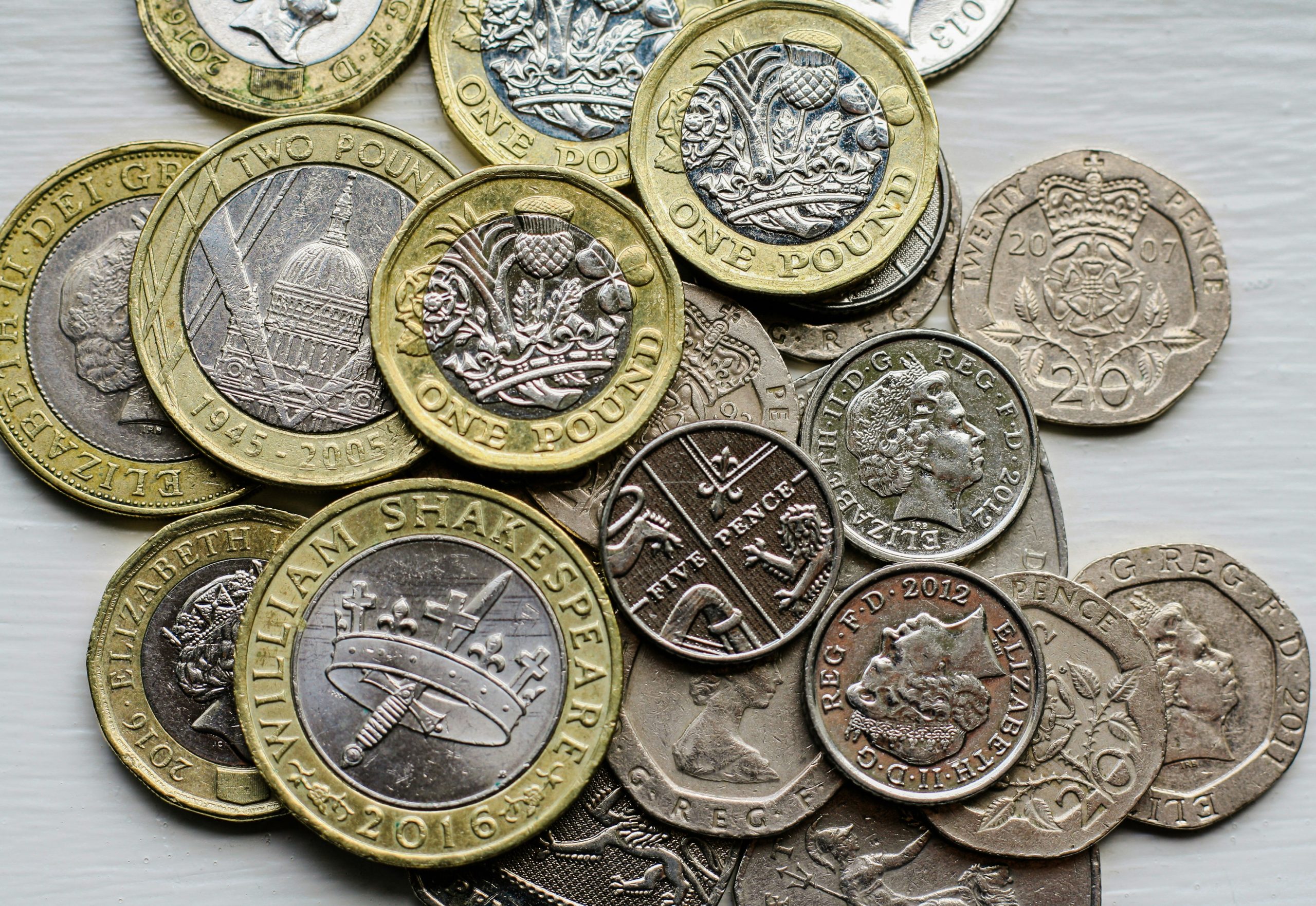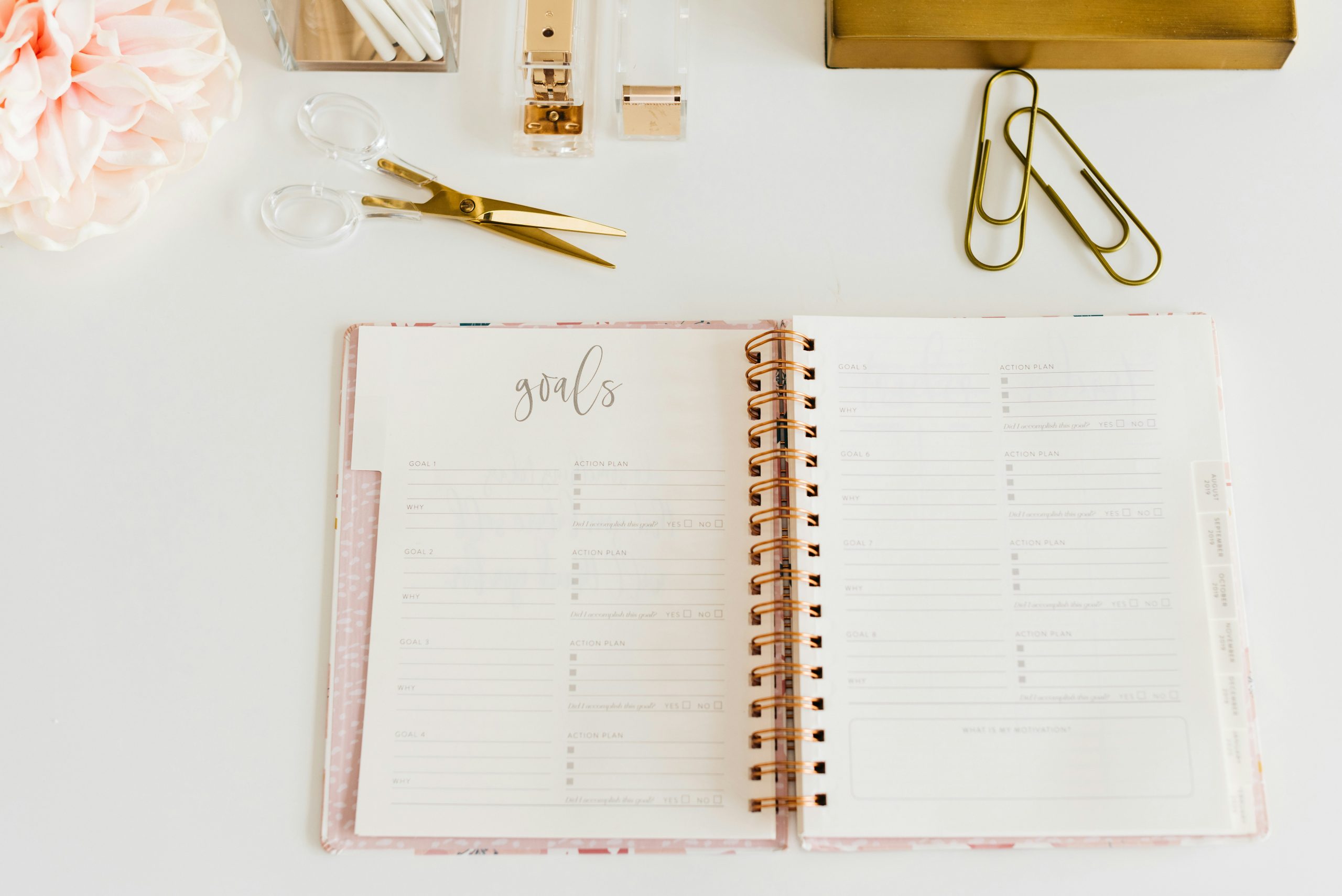Build An Emergency Fund: Your Financial Safety Net
At The Organized Wallet, we know that life is full of surprises—some are good, and others… not so much. Whether it’s an unexpected medical bill, a car repair, or a sudden job loss, these unexpected expenses can throw a wrench in your financial plans. That’s why building an emergency fund is one of the most important steps you can take to protect yourself and your finances.
An emergency fund is a safety net that can help you weather life’s curveballs without falling into debt or scrambling for funds. Here’s why it’s essential, and how you can start building yours today.
Why You Need an Emergency Fund
- Financial Peace of Mind Knowing that you have a cushion of savings to fall back on in times of need can reduce anxiety and give you the confidence to navigate life’s uncertainties. It allows you to deal with emergencies without the added stress of figuring out how you’ll pay for them.
- Avoiding Debt One of the biggest reasons people fall into debt is because they don’t have an emergency fund. When the unexpected happens—whether it’s medical bills, car troubles, or home repairs—without savings, many people resort to credit cards, loans, or borrowing from others. By building an emergency fund, you reduce the risk of going into debt when life doesn’t go according to plan.
- Flexibility in Your Financial Life With an emergency fund in place, you can handle unexpected expenses without derailing your other financial goals. Whether you’re saving for a home, paying off debt, or building your retirement fund, having an emergency fund ensures you can continue working toward those goals without interruption.
- Helps You Stay in Control When you don’t have an emergency fund, you can feel like you’re always on edge, waiting for the next financial emergency to hit. Having a dedicated savings account just for emergencies gives you the control and stability to face unforeseen events without panic.
How Much Should You Save?
The size of your emergency fund depends on your personal situation, but a common guideline is to save enough to cover 3 to 6 months’ worth of living expenses. This amount is designed to help you cover essential expenses (like housing, utilities, food, and transportation) if you face a period of unemployment or another unexpected event.
If this seems overwhelming, don’t worry! You can start small and build it up over time. If you can’t immediately save 3-6 months of expenses, aim for a smaller amount—like £500 to £1,000—just to cover minor emergencies, and then build from there.
Steps to Build Your Emergency Fund
1. Set a Clear Savings Goal
Decide how much you want to have in your emergency fund and break it down into manageable steps. For example, if your goal is to save £3,000, break it down by month, or by week, depending on your income and what’s achievable. Knowing exactly how much you need and how long it will take you can keep you motivated and focused.
2. Prioritize Your Emergency Fund
Make your emergency fund a priority in your budget. If you’re saving for multiple goals (like paying off debt or saving for a vacation), you may need to allocate a larger portion of your income to building this fund until it’s established. Think of it as a non-negotiable expense, just like rent or utilities.
Tip: If you receive bonuses, tax refunds, or extra income, consider allocating part of that toward your emergency fund to speed up the process.
3. Automate Your Savings
One of the easiest ways to ensure you’re consistently building your emergency fund is to automate your savings. Set up automatic transfers from your checking account to a separate savings account each payday. You won’t have to think about it, and over time, you’ll watch your emergency fund grow.
4. Start Small, But Start Now
If you’re not able to save a large amount right away, start with whatever you can afford—even if it’s just £20, £50, or £100 a month. The key is to start now, so that you can build momentum over time. Saving even a small amount each month will eventually add up and give you the peace of mind you need.
Tip: Set a short-term goal of £500 to £1,000 and once you reach it, gradually work your way up to a larger amount. You’ll feel accomplished and motivated as you reach each milestone.
5. Use the “Pay Yourself First” Principle
When you receive your paycheck, treat your emergency fund like a regular bill that needs to be paid. The idea is to “pay yourself first” by saving before you pay any other discretionary expenses. This ensures that saving for emergencies is a top priority, not an afterthought.
6. Cut Back on Non-Essential Spending
If you find that saving is challenging, take a hard look at your discretionary spending. Small lifestyle changes—like cutting back on dining out, subscription services, or impulse purchases—can free up money to funnel directly into your emergency fund. Every little bit helps!
Tip: Consider a “no-spend” challenge for a week or month to help boost your savings without impacting your lifestyle.
7. Keep It Separate
Open a dedicated savings account for your emergency fund. This ensures you don’t accidentally dip into it for non-emergencies. A high-yield savings account or money market account is ideal, as it will allow your savings to grow while remaining easily accessible when you need it.
8. Be Consistent and Patient
Building an emergency fund takes time. There may be months when unexpected expenses get in the way, or when you don’t save as much as you hoped. Don’t get discouraged. Just stay consistent and keep building it up little by little. Over time, you’ll have the security of knowing you’re prepared for whatever comes your way.
Where to Keep Your Emergency Fund?
While it’s important that your emergency fund is accessible when you need it, it’s also crucial that it’s not so easy to access that you’re tempted to use it for non-emergencies. A few good options are:
- High-Yield Savings Accounts: These accounts offer better interest rates than traditional savings accounts, allowing your money to grow faster. They’re also FDIC-insured, making them safe.
- Money Market Accounts: Similar to high-yield savings, money market accounts offer liquidity (easy access to your funds) and typically pay a higher interest rate.
- Short-Term Certificate of Deposit (CD): If you’re building an emergency fund and don’t anticipate needing the money immediately, you can consider a short-term CD. However, this option may limit your access to the funds for a set period.
In Conclusion: Your Emergency Fund = Financial Freedom
An emergency fund is one of the best ways to protect yourself from financial stress, and it’s essential to your overall financial health. It provides the security and peace of mind to tackle life’s surprises without falling into debt or derailing your long-term financial goals.
At The Organized Wallet, we encourage you to prioritize your emergency fund, even if it means making small sacrifices in the short term. The peace of mind, security, and flexibility it provides in the long run will be well worth the effort.
Start today—and take control of your financial future, one dollar at a time. 💪
Share this content:



Post Comment
You must be logged in to post a comment.